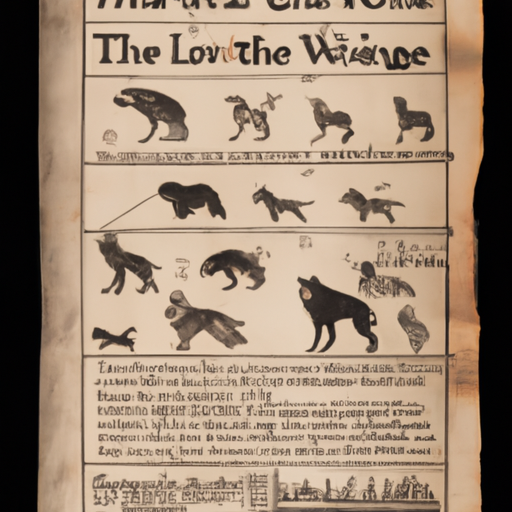Have you ever looked into your dog’s eyes and wondered about their history? Where did they come from and how did they become the loyal, loving creatures we know today? The journey of the dog, from wild wolves to our cherished companions, is a tale that spans many thousands of years.
Table of Contents
- The Dawn of Dog Domestication
- Stages of Dog Evolution
- The Role of Selective Breeding
- Frequently Asked Questions
Key Takeaways
- Dogs were first domesticated from wolves between 20,000 and 40,000 years ago.
- The process of domestication likely happened in stages and was driven by both humans and dogs.
- Selective breeding over centuries has led to the incredible diversity of dog breeds we see today.
The Dawn of Dog Domestication
The story of dogs begins with their ancestors: wolves. Scientists believe that the domestication of dogs started between 20,000 and 40,000 years ago when humans began to tame and breed wolves. This period coincided with the Upper Paleolithic era, a time when humans were hunter-gatherers. Evidence for this theory comes from archaeological finds and genetic studies that suggest a deep historical connection between dogs and wolves.
An interesting aspect of this theory is the idea of self-domestication. Some wolves may have been attracted to human campsites, drawn by the lure of food. Over time, these wolves may have evolved into a separate group that was more comfortable around humans. This theory is known as the Commensal Pathway Hypothesis.
Stages of Dog Evolution
The evolution of dogs from their wolf ancestors was not an overnight transformation. It occurred in stages over thousands of years, and was influenced by factors such as geographical location and human lifestyle changes.
-
Proto-Dogs (20,000-40,000 years ago): The first stage of dog evolution was the ‘proto-dog’, a group of wolves that began to live alongside humans. These proto-dogs were not quite dogs yet, but they weren’t wolves either. They were a sort of evolutionary stepping stone towards the dogs we know today.
-
Village Dogs (15,000 years ago): As humans transitioned from a nomadic lifestyle to settled communities, the proto-dogs evolved into ‘village dogs’. These dogs lived in human villages, scavenging food and providing services like guarding homes and hunting.
-
Breed Diversification (5,000 years ago): With the advent of agriculture, humans began to selectively breed dogs for specific traits. This led to the creation of different breeds, from hunting dogs to companion animals. This article on The Evolution of Dog Breeds provides a more detailed look at this process.
The Role of Selective Breeding
The incredible diversity of dog breeds today, from the tiny Chihuahua to the towering Great Dane, is a result of centuries of selective breeding by humans. By choosing to breed dogs with specific traits, humans have shaped the physical appearance, temperament, and abilities of dogs.
For instance, the Border Collie, well-known for its intelligence and agility, was bred for herding livestock. The Dalmatian, with its striking spots, was once used as a carriage dog because of its stamina and guarding instincts. This Dog Breeds and Their Purposes post gives an in-depth overview of how different breeds were developed for specific roles.
Frequently Asked Questions
Q: When were dogs first domesticated?
A: Dogs were first domesticated from wolves between 20,000 and 40,000 years ago.
Q: How were different dog breeds created?
A: Different dog breeds were created through selective breeding, a process where dogs with specific traits were chosen to reproduce. This has resulted in the wide variety of dog breeds we see today.
Conclusion
The creation of dogs is a testament to the extraordinary bond between humans and these remarkable creatures. From their beginnings as wolves and through each stage of their evolution, dogs have remained steadfast companions to humans, adapting to our changing lifestyles and needs. For more fascinating insights into the world of dogs, check out this History of Dogs article.



